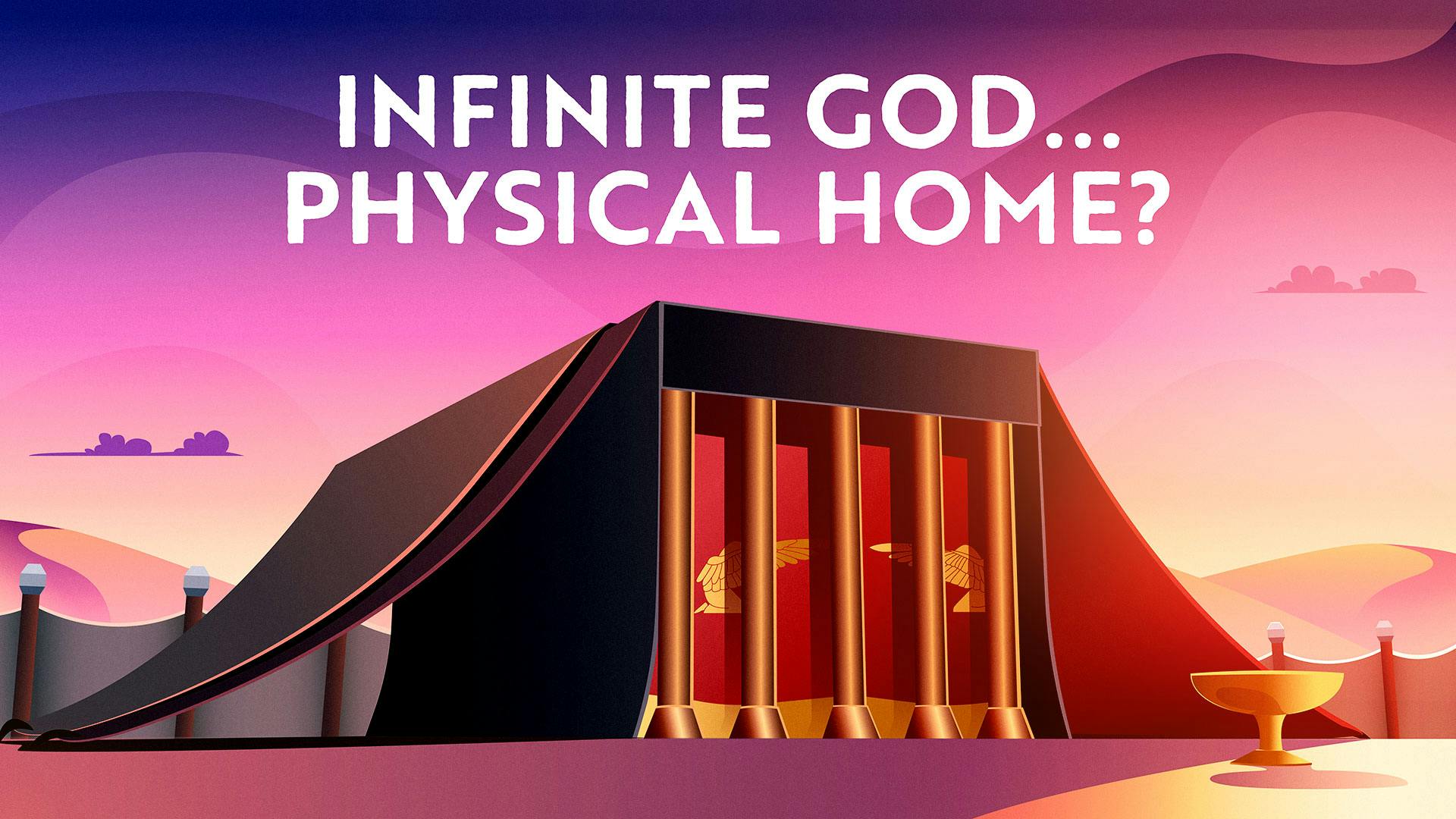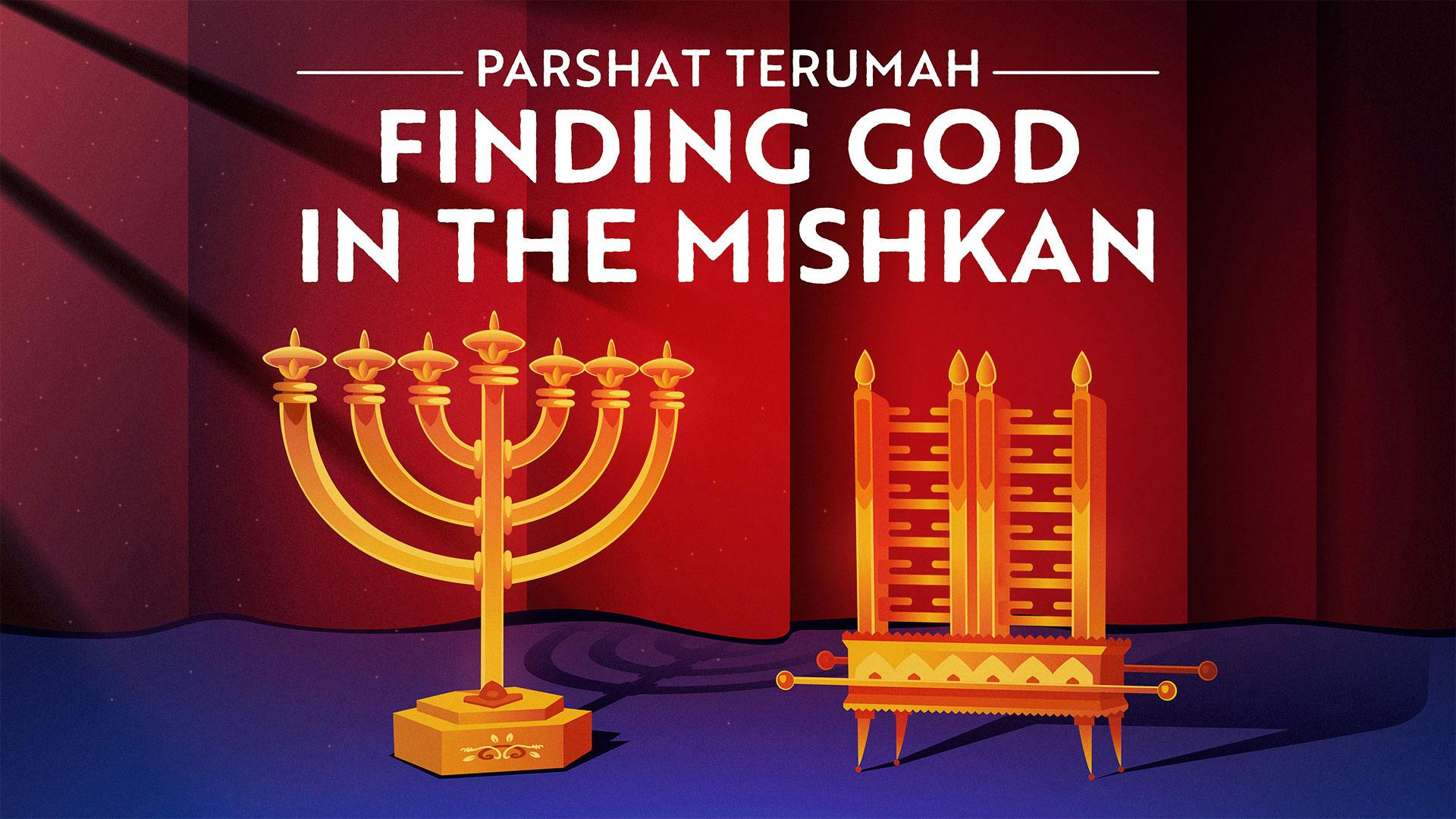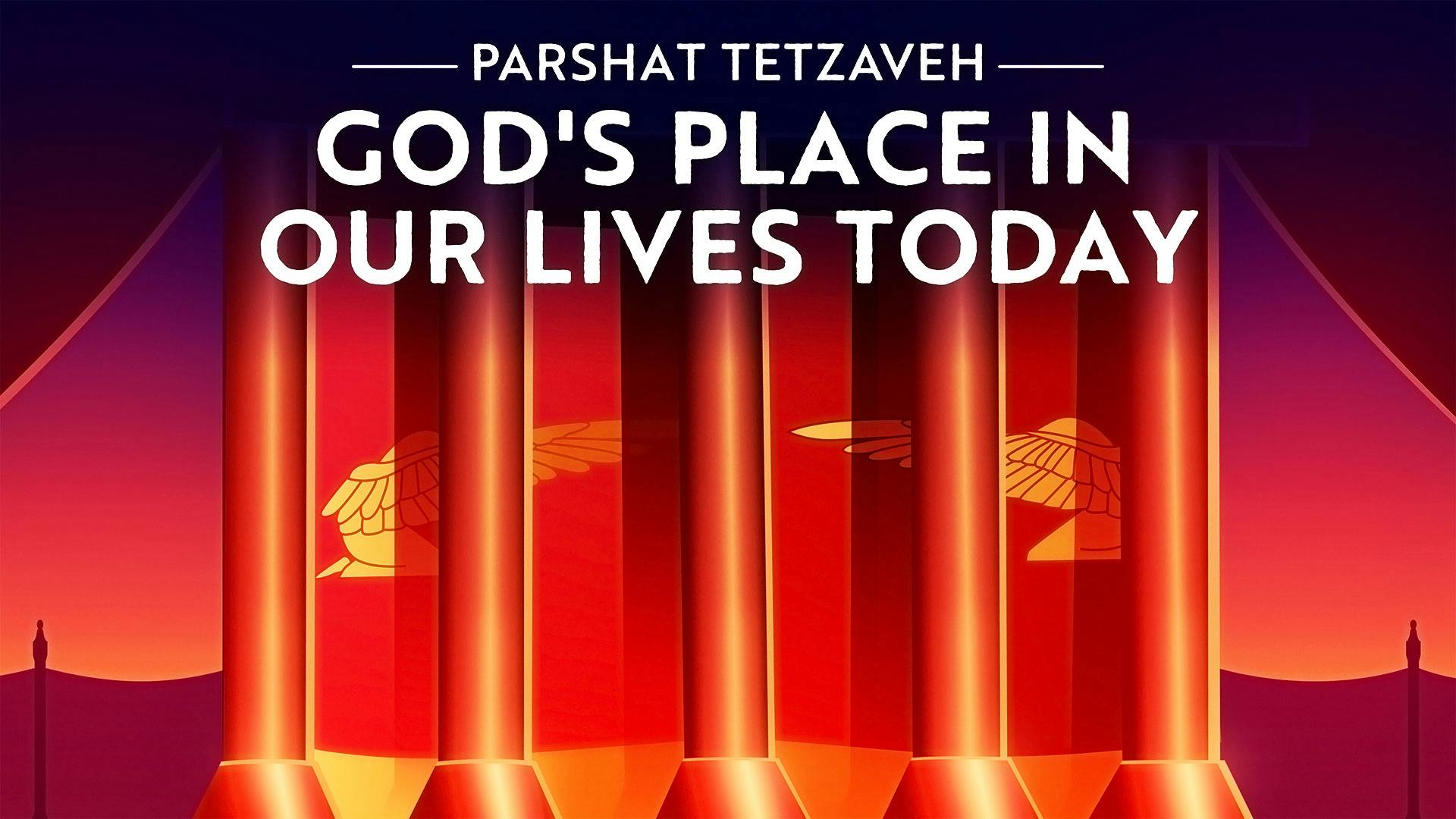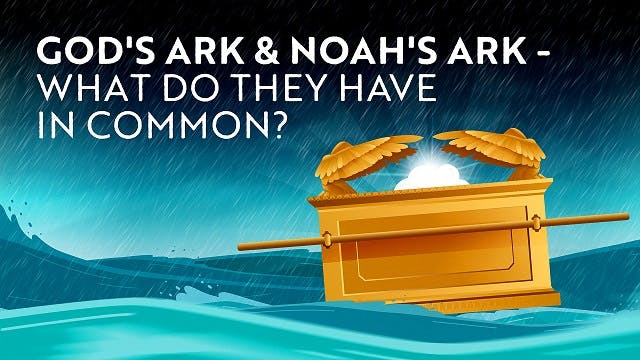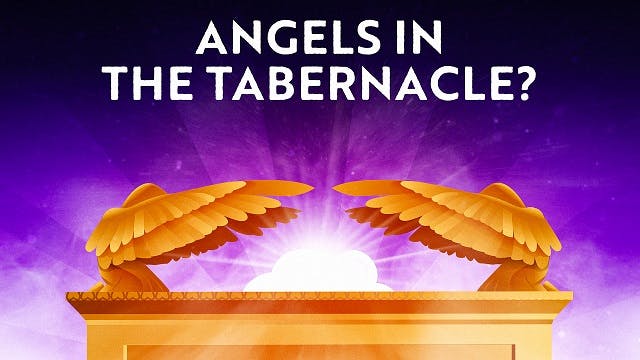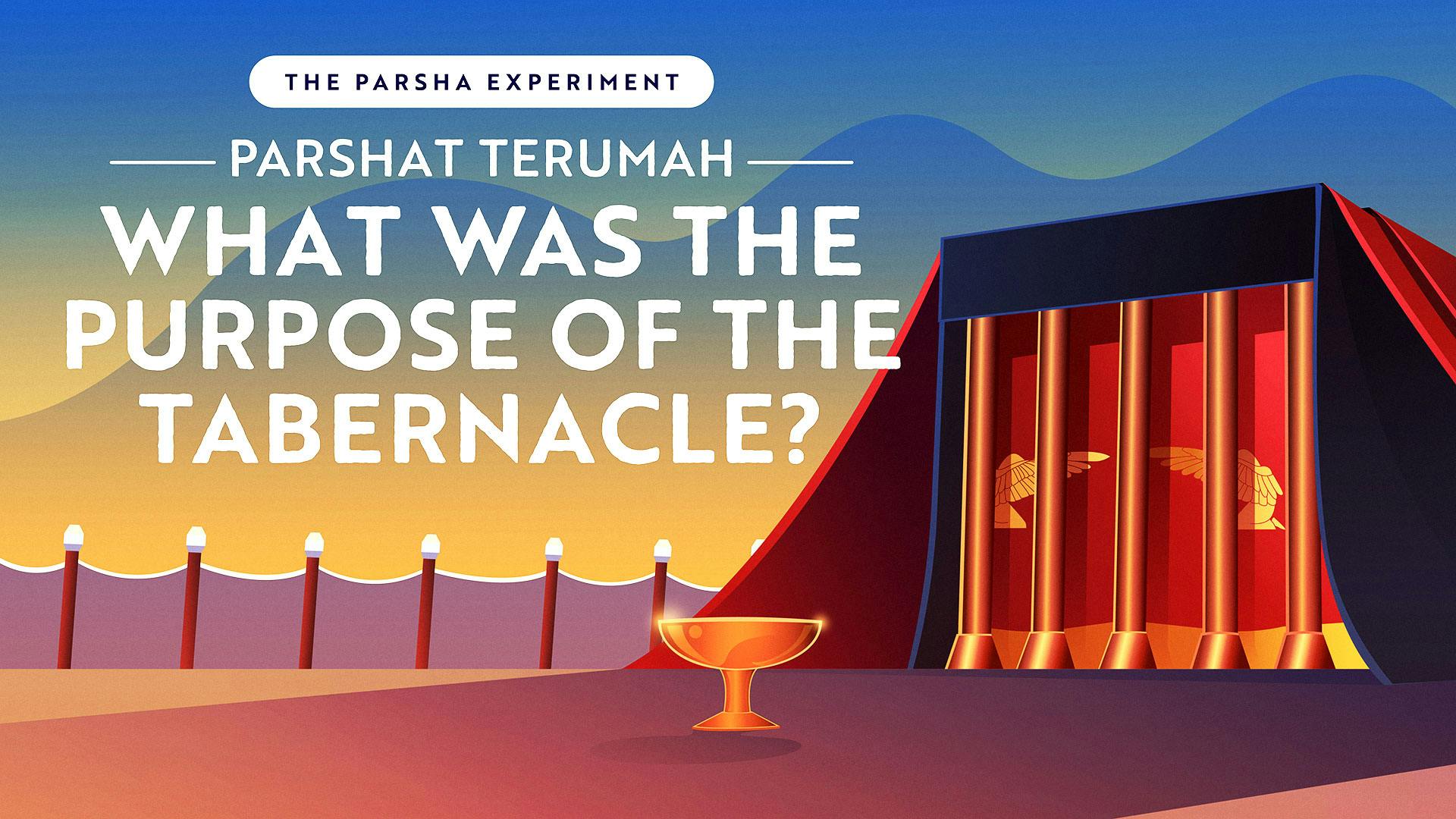D’var Torah on Parshat Terumah
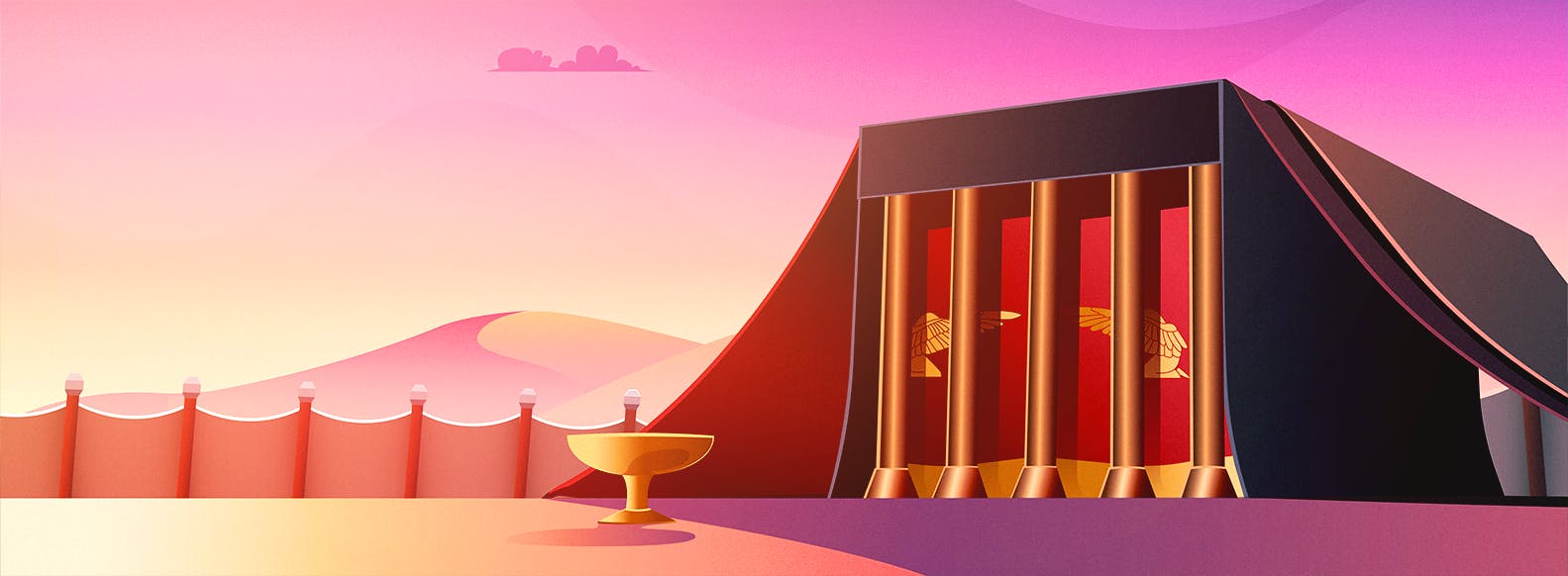
How could an infinite God live in a finite world?
Parshat Terumah starts with a well known pasuk (verse): וְעָשׂוּ לִי מִקְדָּשׁ וְשָׁכַנְתִּי בְּתוֹכָם – Build for Me a holy space, and I will dwell among them (Shemot 25:8). It sounds pretty simple – if you build it, He will come (to borrow an adaptation of this pasuk). But, this tiny little verse should be sparking some pretty big theological questions.
God isn’t a physical being. He doesn’t have a house in this world (or the heavens) where we can go knock on the door and hand him a goat or sheep and say, “Sorry I sinned. I hope this makes up for it.” God is above time and space: He has no body, no physicality to Him, so how in the world (pun intended) could He dwell among us in the Mishkan?
Was Uncle Moishy wrong about Hashem being truly everywhere?
If you haven’t heard the Uncle Moishy song that boldly states “Hashem is here. Hashem is there. Hashem is truly everywhere,” then you haven’t heard the counterclaim to the idea of the Mishkan. I mean, if God is everywhere, then why should we build Him a house so He can “dwell” there? As our famous song attests, God already lives everywhere, so He doesn’t need a designated house and suggesting that we build Him one would be contradicting the theological premise underlying the song. So the machloket (dispute) this verse seems to have with Uncle Moishy begs us to ask…where exactly is God?
Finding the answers to great theological questions in the Mishkan’s design
When you really think about it, the entire idea of the Mishkan, introduced by that tiny little pasuk, is really sparking these really big questions, but imagine if the rest of the parsha actually helped to answer those questions. I know that sounds pretty crazy. The rest of the parsha describes, at length, the detailed instructions for designing the Mishkan and all its keilim (utensils). Unless you're an architect or engineer (and even those professionals might agree), it’s hard to find something meaningful about the Mishkan’s construction plans. But when you step back and look at the Mishkan’s keilim (utensils), you might just be able to begin seeing the answers to the great theological challenges the Mishkan raises.
The pathway to those answers starts by taking an aerial view of what the Mishkan (Tabernacle) looked like. If you map out the floorplan of the Mishkan, something wild will stare right back at you. Want to see what I mean? Check out the following video series, in which Rabbi Fohrman tackles head on whether God was being literal when He said, “Build for Me a holy place, and I will dwell among them.” See for yourself the rich beauty infused into the Mishkan’s design and how it clarifies some of the biggest theological questions. Subscribe now to add meaning to your Shabbat table and inspire your company with the beauty of the Torah.
Parshat Terumah in a Nutshell
In Parshat Terumah, we begin learning about the building instructions for the Mishkan, the Tabernacle, which is meant to be God’s earthly abode. We learn about the design of all the following important vessels needed in the Mishkan:
- Aron Kodesh (Ark), where the tablets of the 10 Commandments were stored.
- Kaporet (cover of the Ark), with the images of the keruvim (cherubs) atop.
- Shulchan (Table), where the lechem hapanim (show bread) was placed.
- Menorah, made from a single piece of gold.
- Yeri’ot (curtains covering the Tabernacle), beautifully woven with a design of the keruvim (cherubs) on them.
- Kerashim (walls of the Tabernacle), the boards made of shittim wood.
- Parochet (partition), that separated the kodesh hakedoshim from the rest of the Mishkan.
- Mizbe’ach Hanechoshet (Copper/Outer Altar), upon which the korbanot (sacrifices) were brought.
- Chatzer (courtyard), the area enclosing the Mishkan and where the mizbe’ach hanechoshet was placed.
In Parshat Terumah, we receive the instructions for the Tabernacle of God, but it is not until Parshat Vayakhel that the work actually begins.
Commonly Asked Questions about Parshat Terumah
- What does Terumah mean? Terumah (תרומה) comes from the root to lift up (ר ו מ). In the context of this week’s Torah portion, Terumah means a “donation.” The parsha opens up with God’s instructions to accept donations from anyone whose heart moves them to contribute toward building the Mishkan (Tabernacle). The sense is that the donation of funds or building supplies elevates them to a greater spiritual use in the Mishkan. However, the term is generally used to refer to the gift to the Kohanim (priests) that is given from one’s produce. This gift of produce is a certain percentage of the harvested crops.
- What percentage do we give for Terumah? The Torah does not specify a certain percentage of produce that should be given as Terumah. However, the Sages (Mishna Terumah 4:3) say that one who gives generously gives 1/40th, one who gives normally gives 1/50th, and one who gives stingily gives 1/60th. The accepted amount is to give 1/50th.
- How are Terumah and Ma’aser different from one another? Terumah is the portion of produce given to the Kohanim. It is typically 2% of the crop and must be removed first from the harvested crop before Ma’aser is taken. Ma’aser is given to the Levi’im (Levites) and is 10% of the remaining produce after Terumah is removed. Even the Levi’im are obligated to give Terumah from the Ma’aser they receive. This is called Terumat Ma’aser.
- What is a Tabernacle? The Israelites were commanded to build the Tabernacle (Mishkan). It was to be a portable Temple, a centralized location where korbanot (sacrifices) would be brought. It was the “dwelling place” for God’s presence and the place where Moses could speak with God.
- What does Tabernacle mean? The Hebrew word for the Tabernacle is “Mishkan,” which comes from the root ש כ נ, meaning to dwell. Thus, the name reflects that the Tabernacle’s meaning was to be a “home” in which God could “dwell.”
- Who built the Tabernacle? In the Book of Exodus (Parshat Vayakhel), God instructed Moses to appoint Betzalel to lead the construction of the Tabernacle.
